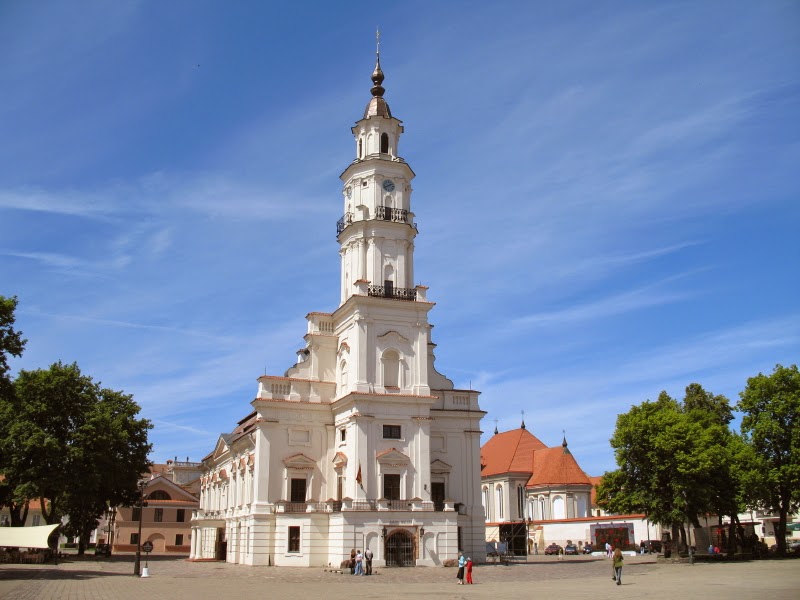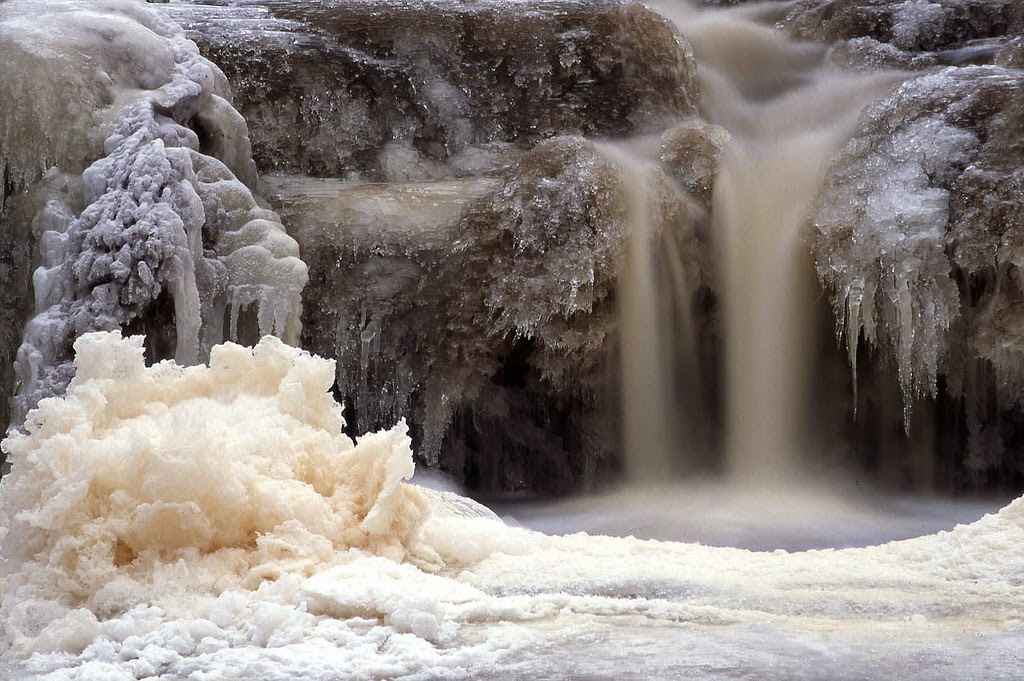,
Czech Republic is a country in Central Europe that was formed after the dissolution of the Czechoslovak state. The country is bordered by Germany to the west and north, with Poland to the north, with Slovakia in the southeast and by Austria to the south.
In this state is located the Sudetenland where tribes formerly lived Germany, but after World War II, most of them deported even though there are still many people who bear the name of the German Republic. At that time, about 3.5 million people, the Germans Republic emerged in the late 9th century when he was united by Premyslid's. Kingdom of Bohemia was a ruler, but religious conflict as the Hussite Wars of the 15th century and the Thirty Years War of the 17th century is very damaging. The land then under Harrisburg influence and became part of Austria-Hungarian. World War II, Czechoslovakia fell into the Soviet Union. In 1968, an invasion by Warsaw Pact troops ended the efforts of this country's leaders to liberalize party rule and create "socialism with a human face" on the Prague Spring. In 1989, Czechoslovakia gain freedom through the Velvet Revolution. On January 1, 1993 the country peacefully split into two, creating the Czech Republic and the Slovak Republic Gecko sea has no limits because it is limited by Poland, Germany, Austria, and Slovakia. In the area of Bohemia, flows the River Elbe in the Czech language or La be and Latvia River, surrounded by low mountains. In Sudden, there is the highest point in the Republic, Mount Snezka high as 1,602 m. The eastern part of Czech, Moravian, too hilly and fed by the Moravian river and is the spring or Okra River Oder. The rivers flowing into the North Sea, Baltic Sea and Black Sea.
Climate in the Republic is a moderately warm summers and damp winters, cloudy, and cold and the climate is influenced by the sea and in the Czech and many tourist attractions that can be visited Every year, thousands of people flock to Old Town Square in Prague to get a glimpse of the Astronomical Clock, one of the best examples of its kind still existing in Europe. Located on the south wall of Prague Town Hall, Astronomical Clock has a similar history to match the colorful facades of art. Its oldest section was built in 1410 by a local watchmaker and professor of astronomy. Other elements, such as a calendar dial and moving statues, added in the centuries intervention. Upon first glance, it may be difficult to figure out what you see, given the number of characters that make up the dial and the famous Oarlock (as it is known locally) and many others
Czech Republic is a country in Central Europe that was formed after the dissolution of the Czechoslovak state. The country is bordered by Germany to the west and north, with Poland to the north, with Slovakia in the southeast and by Austria to the south.
In this state is located the Sudetenland where tribes formerly lived Germany, but after World War II, most of them deported even though there are still many people who bear the name of the German Republic. At that time, about 3.5 million people, the Germans Republic emerged in the late 9th century when he was united by Premyslid's. Kingdom of Bohemia was a ruler, but religious conflict as the Hussite Wars of the 15th century and the Thirty Years War of the 17th century is very damaging. The land then under Harrisburg influence and became part of Austria-Hungarian. World War II, Czechoslovakia fell into the Soviet Union. In 1968, an invasion by Warsaw Pact troops ended the efforts of this country's leaders to liberalize party rule and create "socialism with a human face" on the Prague Spring. In 1989, Czechoslovakia gain freedom through the Velvet Revolution. On January 1, 1993 the country peacefully split into two, creating the Czech Republic and the Slovak Republic Gecko sea has no limits because it is limited by Poland, Germany, Austria, and Slovakia. In the area of Bohemia, flows the River Elbe in the Czech language or La be and Latvia River, surrounded by low mountains. In Sudden, there is the highest point in the Republic, Mount Snezka high as 1,602 m. The eastern part of Czech, Moravian, too hilly and fed by the Moravian river and is the spring or Okra River Oder. The rivers flowing into the North Sea, Baltic Sea and Black Sea.
Climate in the Republic is a moderately warm summers and damp winters, cloudy, and cold and the climate is influenced by the sea and in the Czech and many tourist attractions that can be visited Every year, thousands of people flock to Old Town Square in Prague to get a glimpse of the Astronomical Clock, one of the best examples of its kind still existing in Europe. Located on the south wall of Prague Town Hall, Astronomical Clock has a similar history to match the colorful facades of art. Its oldest section was built in 1410 by a local watchmaker and professor of astronomy. Other elements, such as a calendar dial and moving statues, added in the centuries intervention. Upon first glance, it may be difficult to figure out what you see, given the number of characters that make up the dial and the famous Oarlock (as it is known locally) and many others




















